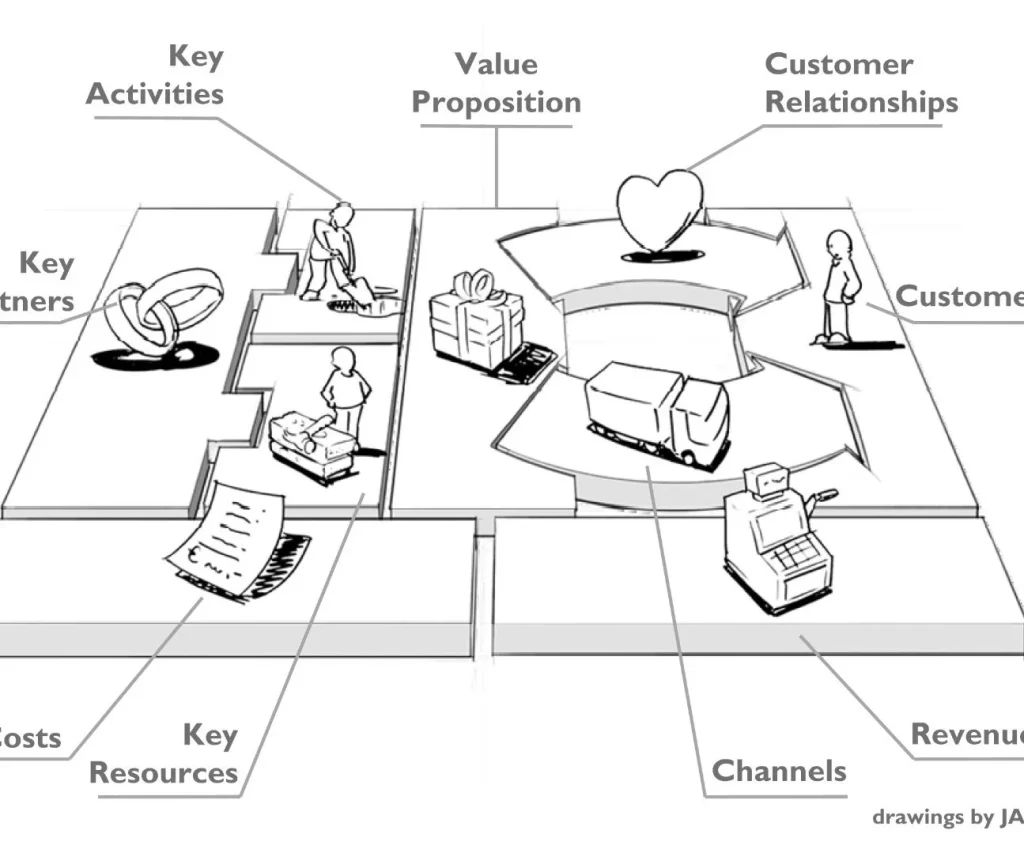How to Pivot a Startup (Without Starting Over)
Most successful startups didn’t follow a straight path. They pivoted — sometimes slightly, sometimes dramatically — to find traction.
But a pivot isn’t panic. It’s a strategy.
If your current approach isn’t working, but you still believe in the problem you’re solving, a smart pivot could save your business. Here’s how to recognize when it’s time to pivot — and how to do it well.
1. Know When It’s Time
Not all slow growth means you need to pivot. But here are a few signs it might be necessary:
- Customers aren’t engaging (despite marketing)
- Sales are stagnant or shrinking
- Feedback reveals your solution doesn’t quite solve the problem
- A different use case is gaining unexpected traction
Tip: Pivot decisions should be based on data, not just frustration.
2. Choose the Type of Pivot
Not all pivots are created equal. Here are a few common types:
- Customer segment pivot: Same product, new audience
- Problem pivot: You realize your customers have a different core problem
- Product pivot: The core tech is useful, but in a new way
- Business model pivot: Shift from B2C to B2B, or add subscriptions, etc.
- Channel pivot: Change how you reach or distribute to customers
Pick one — not all — and test it.
3. Talk to Your Users (Again)
Before you pivot, go back to the source: your users.
Ask:
- What’s the real problem you’re trying to solve?
- What’s missing from our current solution?
- How else are you solving this now?
Look for themes and use them to guide the new direction.
4. Make It a Focused Experiment
A pivot doesn’t mean a full rebrand or rebuild right away. Start lean:
- Test the new offer or audience with a landing page
- Build an MVP with just enough to validate demand
- Run targeted ads or email tests to gauge response
This keeps risk low while giving you real data.
5. Align Your Team and Vision
Pivots can cause confusion (or even resistance) internally.
Make sure your team understands:
- Why you’re pivoting
- What’s changing — and what’s not
- How this better serves your mission
Clarity is critical to keeping morale and momentum strong.
Conclusion
A pivot isn’t a failure — it’s a smart, strategic shift. If the core problem is real, but your solution needs to evolve, don’t be afraid to change course.
Use our Pivot Planning Worksheet to map your shift and test it with confidence.






